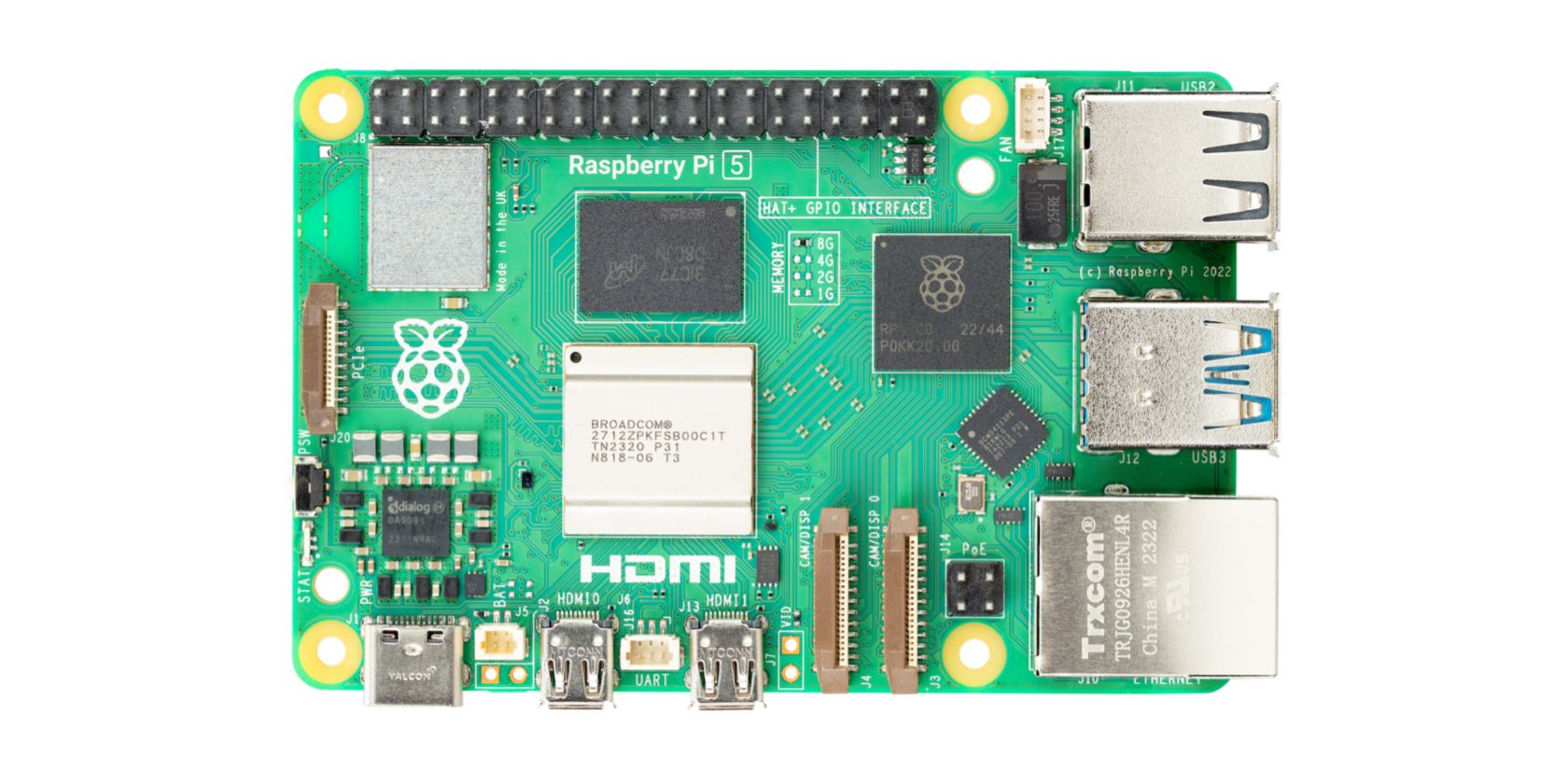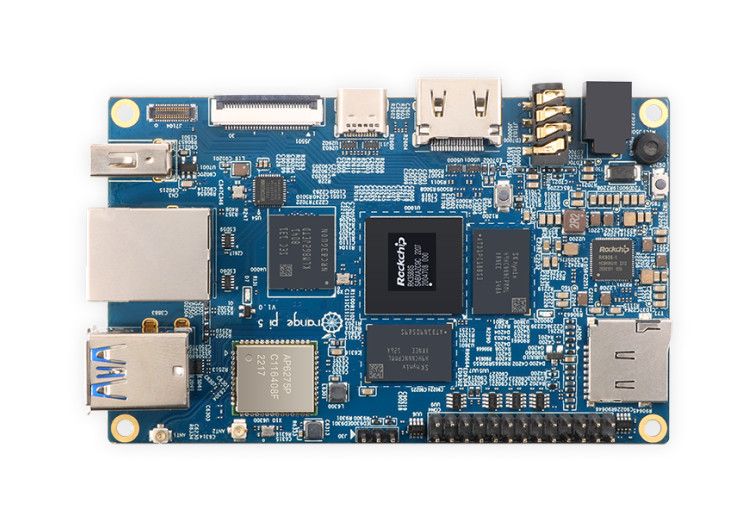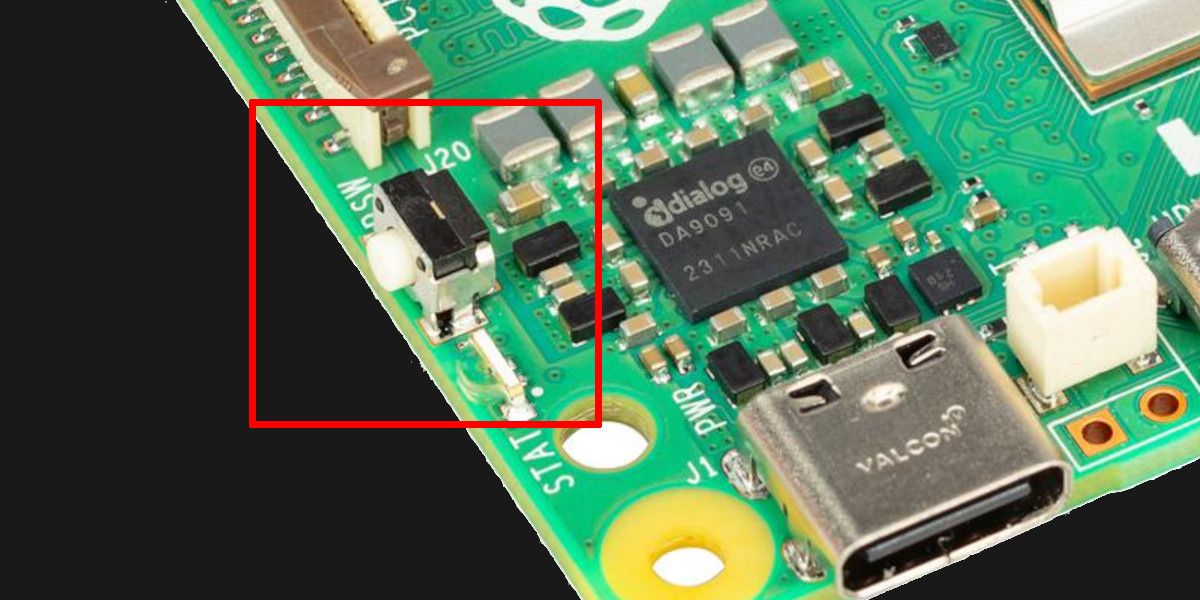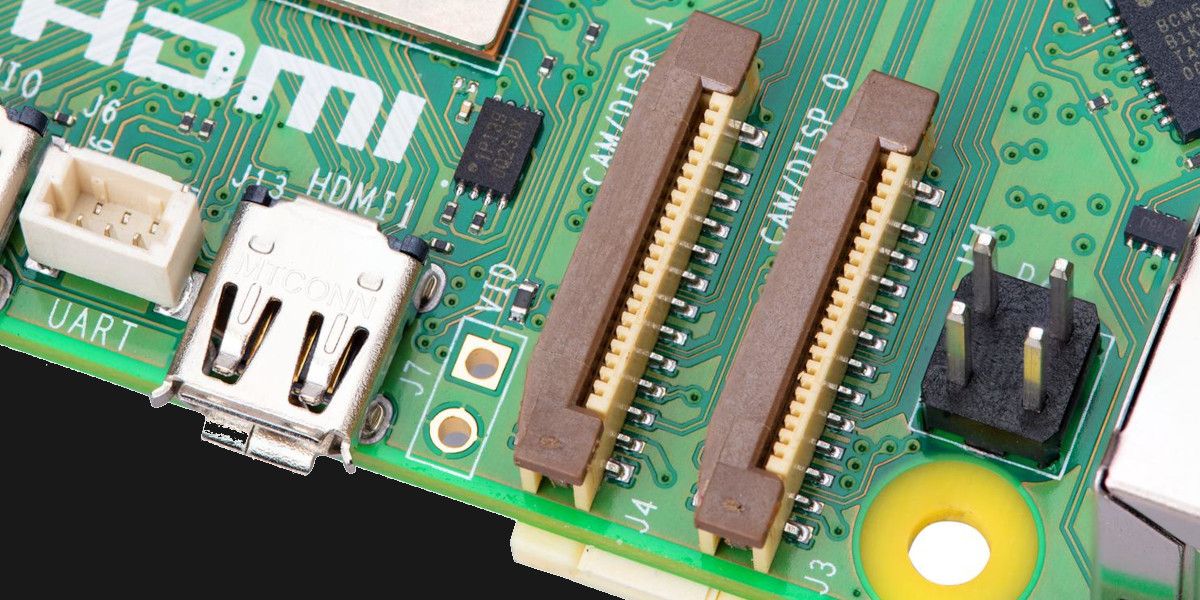Just by taking a look at the specifications of the new Raspberry Pi 5, it is clear that this is by far the most powerful Raspberry Pi single-board computer yet. But, how does it stack up against offerings from other manufacturers, such as the Orange Pi 5 from Shenzhen Xunlong Software?
Let’s compare these two fifth-generation single-board computers, their cost, features, and overall offerings to help you determine which one would be the best fit for you.
Technical Specifications Compared
First, we'll take a look at the main tech specs of both single-board computers side-by-side to aid comparison.
Raspberry Pi 5 | Orange Pi 5 | |
|---|---|---|
SoC | Broadcom BCM2712 | Rockchip RK3588S |
CPU | Quad-core 64-bit ARM Cortex-A76 CPU @ 2.4GHz | Octa-core 64-bit dual cluster comprising quad-core ARM Cortex-A76 @ 2.4GHz and quad-core ARM Cortex-A55 @ 1.8GHz |
Cache | L2: 512kB per A76 core; L3: 3MB (shared) | L2: 512kB per A76 core, plus 512kB for A55; L3: 3MB (shared) |
GPU | VideoCore VII GPU | ARM Mali-G610 MP4 “Odin” GPU |
RAM | LPDDR4X (4GB and 8GB at launch) | LPDDR4/4X (4GB/8GB/16GB/32GB) |
Storage | microSD card slot, with support for high-speed SDR104 mode; PCIe 2.0 ×1 interface | microSD card slot, M.2 M-KEY Socket |
Ports | 2 x micro HDMi (up to 4K @ 60Hz), 2 × USB 3.0, 2 × USB 2.0 | 1 x HDMI 2.1 (up to 8K @ 60Hz), 1 × USB 3.0, 2 × USB 2.0, 1 × USB Type-C (USB 3.1) |
Networking | Gigabit Ethernet (with PoE+ support), dual-band 802.11ac Wi-Fi, Bluetooth 5.0 | Gigabit Ethernet; No onboard Wi-Fi and Bluetooth; Supports custom PCIe Wi-Fi 6 + BT 5.0 module |
GPIO | 40-pin GPIO header (handled by RP1 I/O chip) | 26-pin GPIO header |
Other Features | Power button, real-time clock, 2 x MIPI 4-lane camera/display connectors | Power button, real-time clock, 1 x MIPI CSI 4-lane camera, 2 x MIPI D-PHY RX 4-lane camera/display, 1 x DP1.4 display, 3.5mm headphone jack, onboard mic |
Power | 5V/5A DC power via USB-C, with Power Delivery support | 5V/4A DC power via USB-C |
Processing Power and Memory
Processing power is an important criterion in choosing a single-board computer as it determines what applications you can run, while the amount of RAM controls how many processes you can run at a time.
The Orange Pi 5 uses an octa-core processor, the RK3588S, which beats the quad-core chip on the Raspberry Pi 5 and ranks it as one of the most powerful SBCs you can buy currently. The Orange Pi 5 also has a dedicated neural processing unit (NPU) for machine learning and edge computing applications. The Raspberry Pi 5 is no slouch itself, with a quad-core Cortex-A76 CPU clocked at 2.4GHz.
Benchmark tests by Phoronix, however, showed that the two SBCs have similar performance in many areas. The Orange Pi 5 has a distinct advantage in some tasks, such as molecular dynamics simulation, JPEG decoding, and FFmpeg/MPlayer compilation. The Raspberry Pi 5 has the edge in a few tasks, including mobile neural network tests.
The Orange Pi 5 offers 4GB, 8GB, 16GB, and 32GB RAM. The 32GB models were recently released and are now available for pre-order. The Orange Pi 5 has an onboard eMMC socket that can take up to a 256GB module. The Raspberry Pi 5, on the other hand, will launch with two RAM variants: 4GB and 8GB, although there are plans to release 1GB and 2GB models later. The Raspberry Pi 5 has no onboard storage, which is a bit of a downer.
As for storage expansion, both single-board computers have a microSD card slot. They also feature PCIe 2.0 interfaces. The Orange Pi 5 has an M.2 M-Key socket that supports NVMe SSDs in the 2242 form factor while the Raspberry Pi 5 features a PCIe 2.0 x1 header with an FPC connector—you’ll need an M.2 HAT to connect NVMe SSDs.
Retail Price
There is no clear winner when it comes to pricing as both devices are competitively priced. The Orange Pi 5 costs a bit more at $85 for the 8GB model, but it is more powerful than the Raspberry Pi and is also cheaper than the Khadas Edge2 which uses the same SoC. The Orange Pi 5 Plus offers an even better deal at $170 for a model with 16GB RAM, a 256GB eMMC module, and a bundled power supply.
The 4GB and 8GB variants of the Raspberry Pi 5 will be sold for $60 and $80 (excluding taxes), respectively, and models with less RAM will be even cheaper. While this means that the Raspberry Pi 5 can be bought for less money, there is definitely a tradeoff in performance. There are other cheaper single-board computers you might be interested in.
Software Support
The Orange Pi 5 has a lot of cool, shiny hardware features that are unfortunately held back by software support. While Orange Pi tends to offer better software support than most Raspberry Pi alternatives and the RK3588 chip has been receiving attention from the open-source community, software support is where the Raspberry Pi platform shines.
The current state of software support can make it very challenging to use the board to its full potential. Hopefully, we’ll get proper, stable drivers for the Orange Pi 5 one day, but that usually takes several years of work by community developers.
When it comes to software support, Raspberry Pi is still the king, and that crown doesn’t appear to be falling off any time soon. This is one of the reasons why your retro gaming project could use a Raspberry Pi 5.
Power Consumption
The Orange Pi 5 is a more power-efficient board than the Raspberry Pi 5 due to its big.LITTLE architecture. The larger A76 cores pick up the more demanding tasks while the smaller, less power-hungry A55 cores handle conventional tasks. This creates a fallback for the SBC that decreases power consumption. All cores are still able to function simultaneously, so overall performance is not negatively impacted.
Also, the 8nm LP process design used by the Orange Pi 5 offers more performance for less power consumption than the 16nm process architecture used by the Raspberry Pi 5.
The Raspberry Pi 5 has a peak power consumption of around 12W (without including demanding, high-power peripherals) and supports a 25W operating mode for high-power applications. The Orange Pi 5’s peak power consumption is not stated, but it supports and sometimes ships with a 20W 5V/4A USB Type-C power supply. The rating of the official power supply should be the total power consumption when all input ports are fully loaded and the processor is running at max speed.
Connectivity and Networking
Both single-board computers provide several interfaces and ports for connecting peripherals. They both have two USB 2.0 Type-A ports, a PCIe 2.0 interface, Gigabit Ethernet, and HDMI display output. The Orange Pi has a full-size HDMI port capable of displaying 8K video at 60Hz while the Raspberry Pi 5’s two micro-HDMI ports are only capable of 4Kp60 output, but can drive dual displays at that resolution and frame rate. There are interfaces for connecting MIPI displays and cameras on both boards.
The Raspberry Pi 5 comes with onboard Wi-Fi and Bluetooth. The Orange Pi 5 lacks both, but you can fit a custom wireless module in the M.2 M-key slot.
General-Purpose Input/Output (GPIO) Pins
The Raspberry Pi 5 comes with the standard 40-pin GPIO header that is compatible with all the HATs designed for previous Raspberry Pi models. The new RP1 southbridge chip handles the bulk of the I/O, including the GPIO pins, taking a load off the main CPU.
The Orange Pi has a 26-pin header, meaning fewer pins for physical computing. You can get the Orange Pi 5 Plus instead which features a 40-pin header, but not all Raspberry Pi HATs will be supported.
If you are going to be using the Orange Pi 5 for physical computing, another thing to keep in mind is the sparseness of helpful tutorials and videos. The Raspberry Pi platform has a much larger user base, and you can easily find Raspberry Pi-oriented videos on building a robot or a DIY weather station, for example. Be sure to check out our guide to the Raspberry Pi's pinout.
Raspberry Pi 5 vs. Orange Pi 5: the Verdict
The Orange Pi 5 has a more powerful system-on-chip (SoC) and offers better power efficiency for just a bit more money than the Raspberry Pi 5. However, it is not the best option for beginners due to the current state of software support and the lack of accessible tutorials on using the board.
The Raspberry Pi 5 is bound to be more popular with more electronic tinkerers and single-board computing enthusiasts. The Orange Pi 5 offers more functionality hardware-wise, but the Raspberry Pi 5 is more usable and accessible for beginners.




